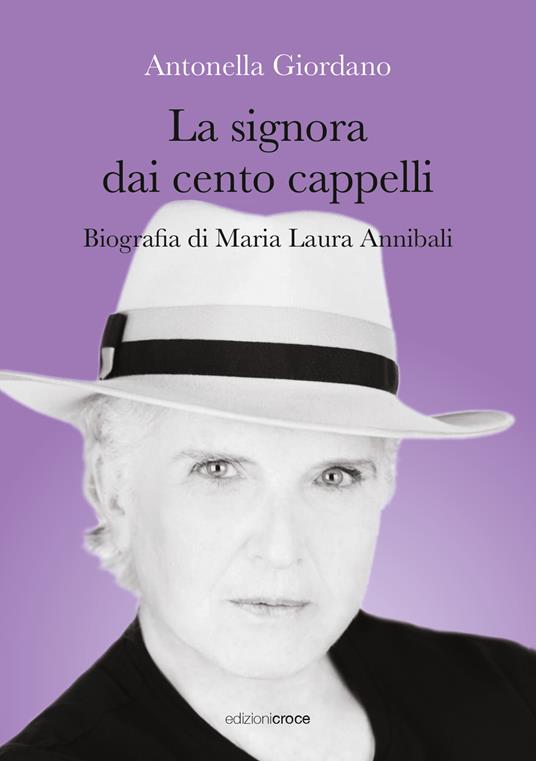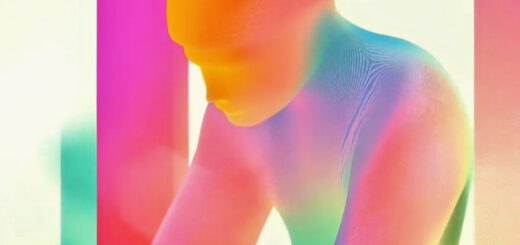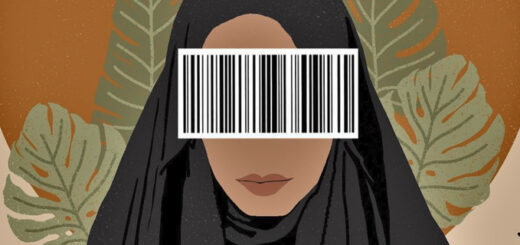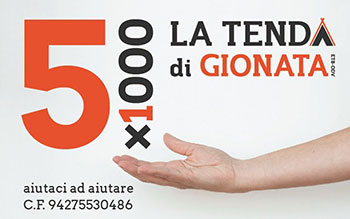Maria Laura Annibali. The lady with one hundred hats

Review by Lavinia Capogna
"The lady with one hundred hats"By Antonella Giordano (Libreria Cross, 2024, 88 pages), a well -known essayist and university professor, author of numerous essays and articles, is a book just published in the well -kept Croce Edizioni on a Roman lady.
Behind several women and men who have just reached 80 years old - if we are allowed to reveal the age of this lady - they hide from the girls and boys who have never completely abandoned their dreams of youth and who even if they have gone through Several translates remain "Young at Heart" - as Frank Sinatra sang.
Maria Laura Annibali is this lady, a beautiful lady with happily married blue eyes (for now with a civil union because there is still no egalitarian wedding, already read in the United States, for example, for ten years).
Laura's wife is Lidia and they are two women who have realized, not without obstacles, a great dream: to live a happy love that is serenity, harmony, commitment and daily project.
The book, Giordano explains in his light, smooth and in -depth style, is not a classic biography but a meeting between two women, in which one tells, Maria Laura, with that elegant and frank grace of some "real Roman of the past" , and the other, Antonella, listens carefully and senses between the lines.
Maria Laura was born in 1944 in a Rome just freed from the terrible German occupation, a city in the dark, bombed, in the grip of terror and hunger and in the end also the victim of a monstrous massacre such as that of the Fosse Ardeatine but with a people determined to redeem themselves.
Her mother is a courageous woman who separates herself from an unfaithful husband, a beautiful man typically of time. For the girl, beautiful and pampered, it will be an emotional and social wound: then it was unbecoming that two spouses separated and the law on divorce were missing about .. thirty years.
However, she grows well, a scholar, passionate about many things, part of a generation that had a great desire to live, to emerge from marshy stories to say the least of fascism and war towards a bright, democratic future, and conquer rights before then unimaginable.
Teenager Maria Laura meets love, Platonic and intense, as only the loves of the early youth can be, in the beautiful face of a school companion.
Because of some innocent, romantic poems their friendship is interrupted and prohibited by the girl's father. It begins to perceive, even if perhaps still confusedly, that a tender feeling between two girls is something unacceptable for society.
Then in Maria Laura was born an affection for one boy and then for another but both retire on the day of the official engagement, not wanting to commit themselves seriously because with a girl of the good bourgeoisie as Maria Laura was she could go to the cinema or take a walk, Perhaps even to exchange a kiss in the sweet Capitoline sunset before returning no later than eight but, well understood, do not go further.
We must consider that for the vast majority of the '60 girls the main objective was to make a good marriage approved to the family.
Antonella Giordano makes acute observations on the historical eras that follow one another in the book, never in vain or prolisse analyzes, which help readers to immerse themselves in that society between the "small ancient world" and the new of the economic boom that drags Italy over the way Modernity.
But nevertheless Maria Laura was still in love with one of those two boys, R., and more adults will find themselves in a sentimental relationship that will end due to a blatant betrayal of him - a script that, in another way, already his own Loved mother and many other women had already lived.
And here Maria Laura unexpectedly met a woman who looked like the heroine of a noir film in black and white film: fascinating, high bourgeois, cultured but possessive and jealous.
Giordano clearly remarks the invisibility of lesbians (or bisexuals) in Italy, less subject to the social colon of gay but who must remain in the shadows. And, I add, this humiliating situation would still be fine today to the reactionaries to which the visibility, conquered by the 1970s feminism, procures so annoyance.
In the meantime Maria Laura had graduated in Political Science (and there were not many women of her generation of graduate) and she had a prestigious managerial work in a Capitoline ministry, she was economically independent (and let's not forget that Simone de Beauvoir in his essay "The second Sex ”of 1949 had identified precisely in economic independence the keystone of female liberation)
And adult and that story with the very jealous woman began to go tight.
The company was progressing and Maria Laura was one of the first Roman lesbians who decided to publicly engage in the LGBT movement.
Giordano carefully analyzes this crucial passage.
I would just like to add that many lesbians, gay and trans will find, albeit in the different emotional and situational experience, in the coming out of Maria Laura a lot of their coming out or what they want, will do tomorrow.
Maria Laura thus chose to commit herself all over the field and to join the gay project, the courageous association that was missing in this city and of which Maria Laura is now the president surrounded by activists and activists such as Imma Battaglia and her wife, the wife, the wife Famous actress Eva Grimaldi, and tireless like Carmelo, Danilo and many others.
2002 will be the year of the turning point, the one in which Maria Laura met Lidia. Lidia was then a lady married to a man, she had a daughter and discovered the person with whom she wanted to share life in Maria Laura.
Their era (and is) a love with a capital A, an authentic feeling from which the choice of the 2016 civil union was born.
Maria Laura also dedicates herself to the direction, her ancient passion and creates beautiful documentaries, she participates in the drafting of books and articles, speaks in television programs, takes to the streets making her voice full of left -wing woman, always ready for dialogue and respectful comparison.
And he cultivates the hobby to buy beautiful hats that gives the title to the book.
Maria Laura is also a Christian who unjustly the Catholic Church "does not accept" (but who met Pope Francis). Antonella Giordano makes a significant analysis of the Church/homosexuality relationship.
Maria Laura has also been following the Circle 77 Florence for decades, one of very few spiritual centers of serious parapsychology in Italy.
She has opened a road and if today a girl can say openly "I am lesbian" she owes it to her, to those women who have chosen to affirm themselves in their authenticity. A no small conquest in the life of a human being. A woman who has never walked to anyone and who indeed has helped many and who still has many things to do.






